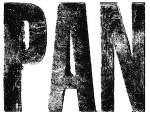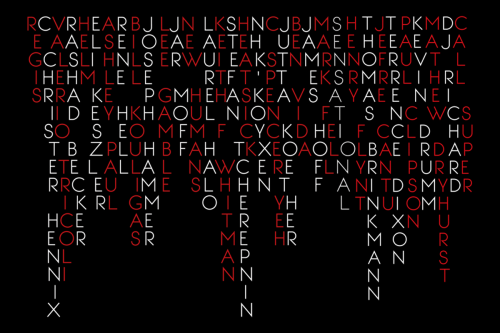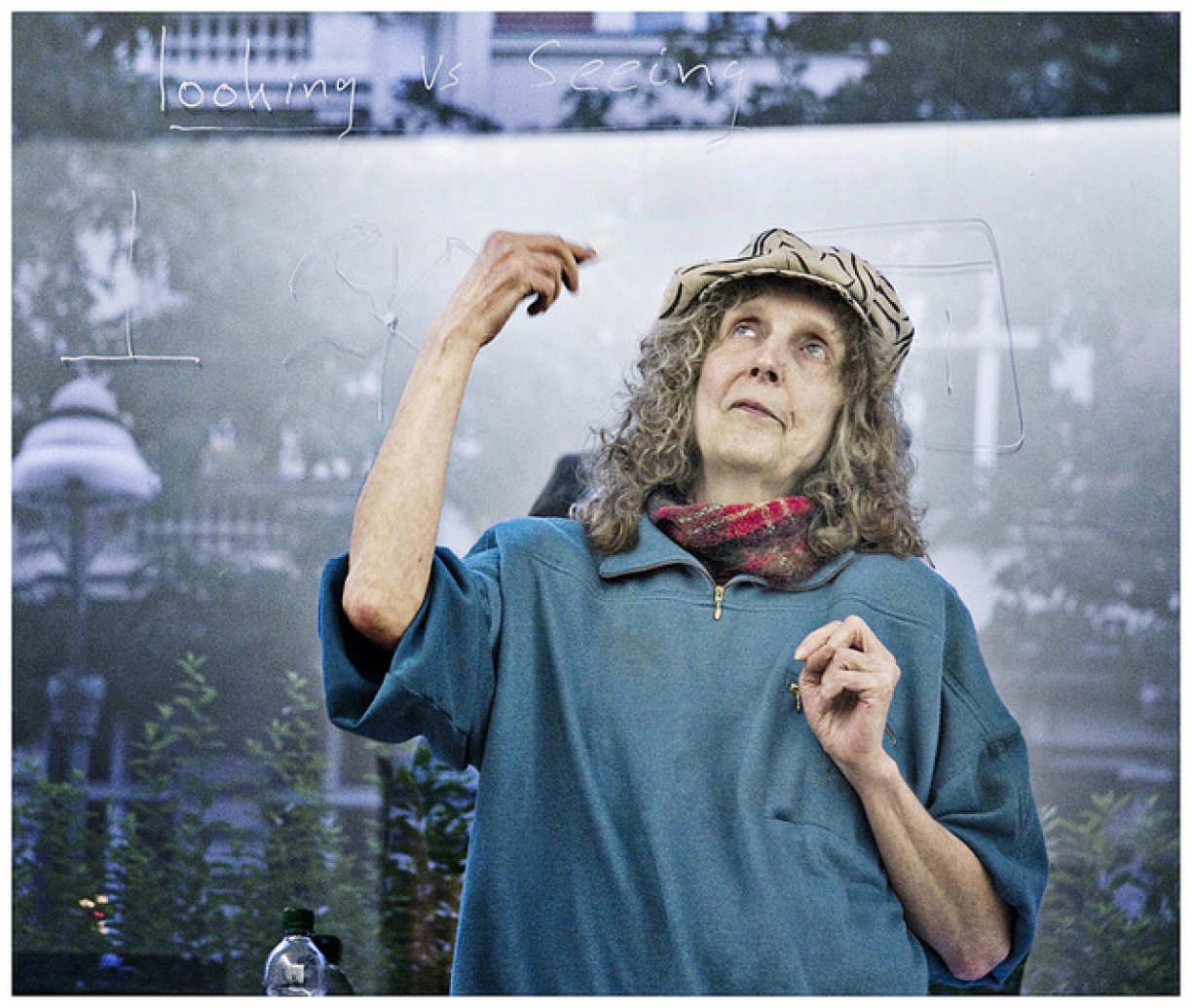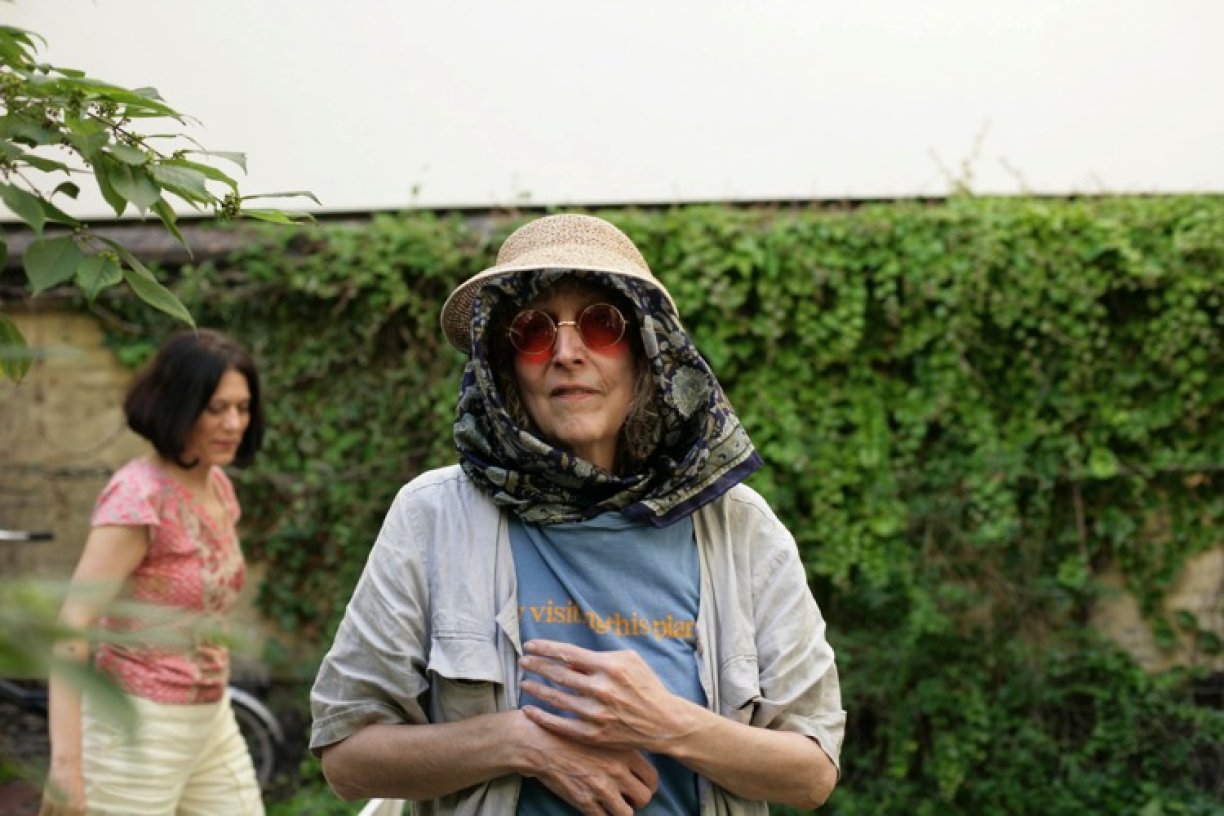As part of the June PAN_ACT festival, ISSUE Project Room and Goethe-Institut New York present a free talk with composer, philosopher, scientist, and visual artist Catherine Christer Hennix in conversation with anti-artist Henry Flynt. A new, expanded realization of “The Illuminatory Sound Environment” including works by both artists, is installed at ISSUE's 22 Boerum theater, free and open to the public June 15th - 19th, 12-10pm.
Catherine Christer Hennix (C.C. Hennix) is a Berlin-based Swedish-American composer, philosopher, scientist and visual artist associated with drone minimal music. Hennix was affiliated with MIT's AI Lab in the late 1970s and was later employed as research professor of mathematics at SUNY New Paltz. C.C. Hennix began her musical studies in the 1960s by exploring the music of the art music composers Iannis Xenakis and Karlheinz Stockhausen. Hennix met La Monte Young and Hindustani raga master Pandit Pran Nath at the Nuits du Fondation Maeght festival in 1970 and pursued studies with both men during the 1970s. Hennix also drew inspiration from the Japanese Gagaku music and early vocal, 13th-century music of Perotinus and Leoninus.
Hennix frequently worked together with the American anti-art philosopher, composer and violinist Henry Flynt. In 1978 Flynt formulated what, subsequently, became known as the concept of an Illuminatory Sound Environment (ISE) on the basis of Hennix' performance of The Electric Harpsichord at the Moderna Museet in Stockholm, 1976. ISE was first realized in 1979 at the Kitchen, New York, as a joint manifestation by Flynt and Hennix.
For 20 years Hennix devoted much of her time to mathematical research at the insistence of her late Nada Guru, Sri Faquir Pandit Pran Nath, serving as a professor of mathematics and computer science and assistant to and coauthor with A.S. Yessenin-Volpin for which she was given the Centenary Prize-fellow Award by the Clay Mathematics Institute, Cambridge, USA. In 2003 she returned to computer generated composite sound wave forms now called Soliton(e)s of which Soliton(e) Star was the first result. Subsequently she formed the just intonation ensemble The Choras(s)an Time-Court Mirage which performs Blues Dhikir al- Salam.
Henry Flynt was born in 1940 in Greensboro, NC. He is a philosopher, musician, anti-art activist and exhibited artist. Flynt’s work devolves from what he calls “cognitive nihilism,” first announced in the 1960 and 1961 drafts of Philosophy Proper. (The 1961 draft was published with other early work in his book Blueprint for a Higher Civilization, Milan, 1975.) He refined these dispensations in the “Is there language?” trap, published as “Primary Study” in 1964. In 1961, Flynt coined the term concept art. Concept art’s first appearance in a book was in An Anthology, release date 1963. In 1962, Flynt began to campaign for an anti-art position. He demonstrated against cultural institutions in New York in 1963 with Tony Conrad and Jack Smith, and against Stockhausen twice in 1964. He wanted art to be superseded by “veramusement” and “brend,” neologisms meaning approximately pure recreation.
From about 1980, Flynt has given a great deal of time to two endeavors which did not achieve the notoriety of the early actions—"meta-technology" and "personhood theory." In 1987, he revived concept art for tactical reasons; he spent seven years in the art world. After that, Flynt began to publish recorded but unreleased musical compositions; over a dozen CDs have appeared as of 2007. Because of his friendship and collaboration with George Maciunas, Flynt sometimes gets linked to Fluxus by unsympathetic reviewers.








